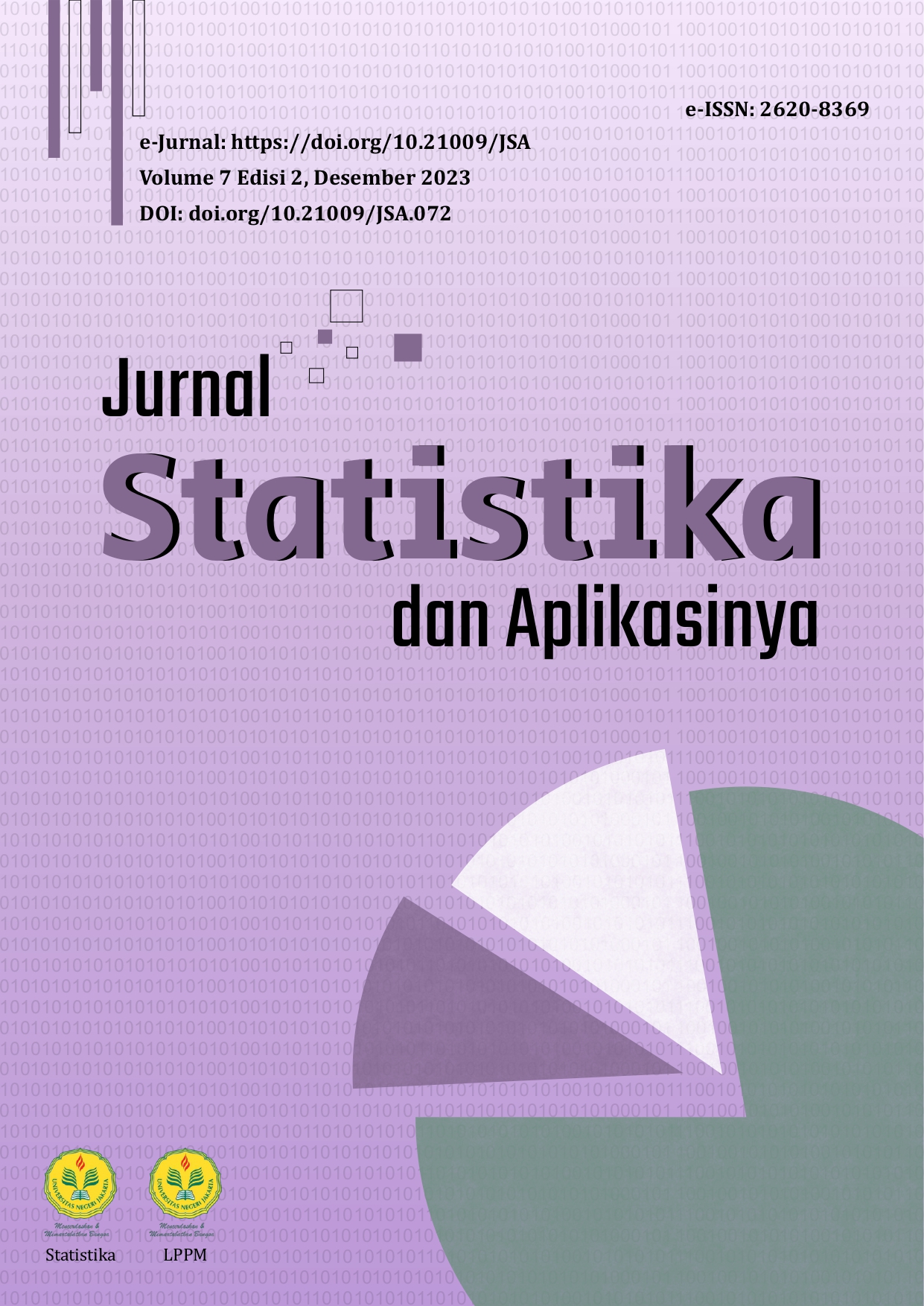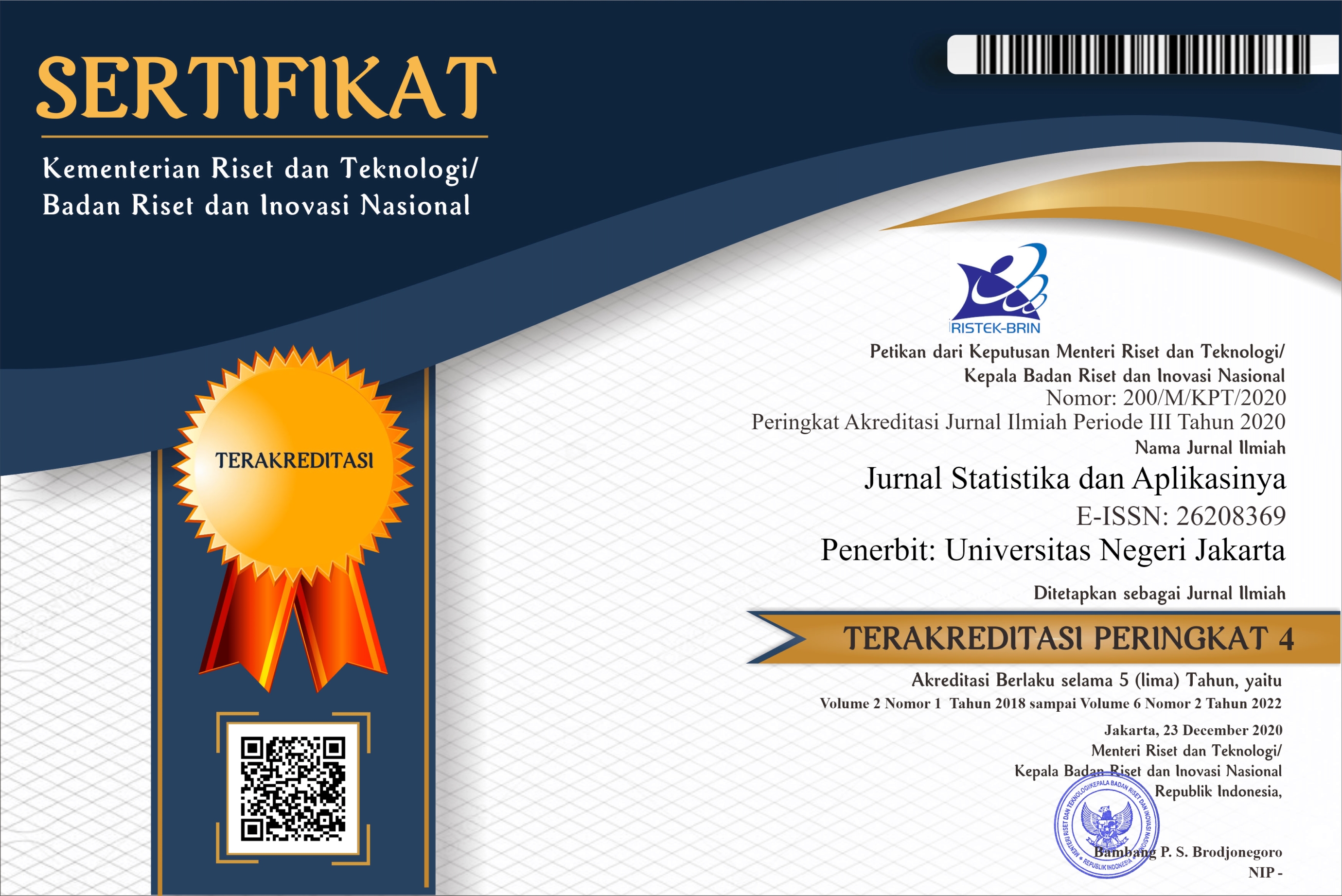Determinan Kejahatan Siber (Cybercrime) di ASEAN Tahun 2015-2020: Pendekatan Panel Data Regression with Random Effect
DOI:
https://doi.org/10.21009/JSA.07205Keywords:
crime, cybercrime, cyber security, panel data regressionAbstract
The use of information and communication technology in ASEAN is massive and growing. This development not only has a positive impact, but also a negative one. In addition to advancements in various fields, criminality is also increasing. ASEAN is the fastest growing digital market in the world. As digital technology becomes more integrated into our lives, cybercrime will increase exponentially. This study aims to determine the overview and variables that affect cybercrime in ASEAN in 2015-2020. This research uses secondary data from ITU, World Bank, UNDP, and Transparency International the Global Coalition Against Corruption. Through descriptive analysis, it is found that the value of the Global Cybersecurity Index (GCI) in ASEAN has increased, but there is still a cybersecurity gap between countries in ASEAN. Through the panel data regression equation formed, it is found that economic growth, mobile broadband users, and average years of schooling significantly affect the GCI in ASEAN in 2015-2020. Meanwhile, the variables of mobile cellular users, technology exports, and corruption perception index do not have a significant effect. Therefore, governments in ASEAN countries are also expected to continue to increase economic growth and allocate budgets for technical implementation of cybersecurity. In addition, the government should maintain the stability of the number of mobile broadband users, and increase the average number of mobile broadband users.






